Windfall Light | The Visual Language of ECM
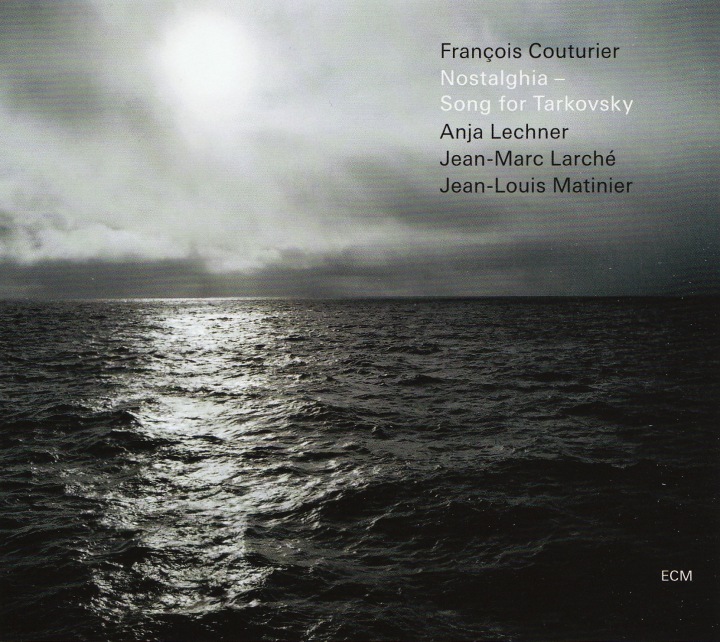
ECM 1979. Photograph by Christopher Egger
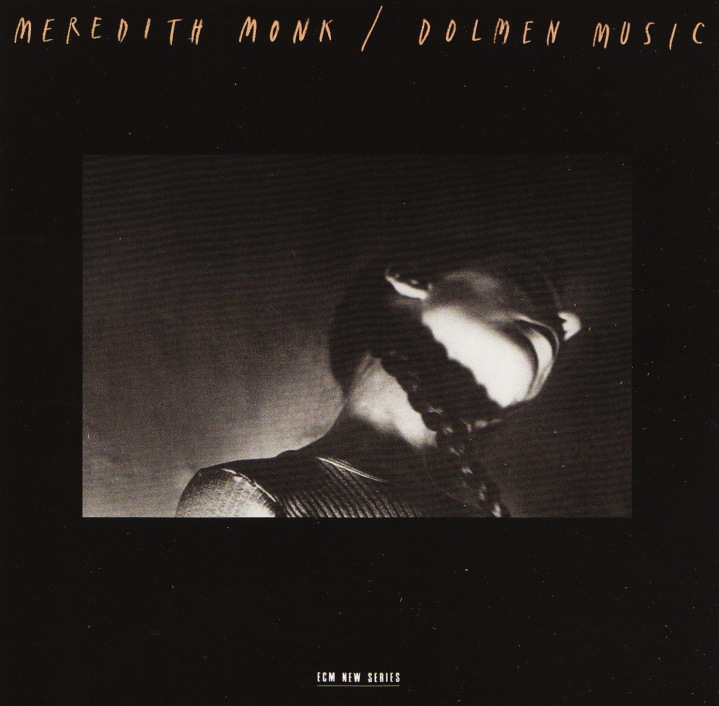
ECM New Series 1197. Photograph by Sarah Van Ouwekerk
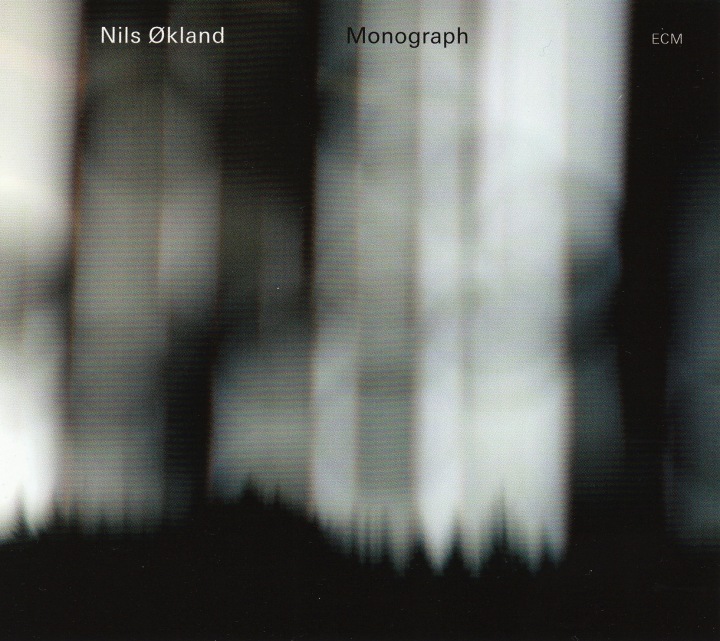
ECM 2069. Photograph by Jan Kricke
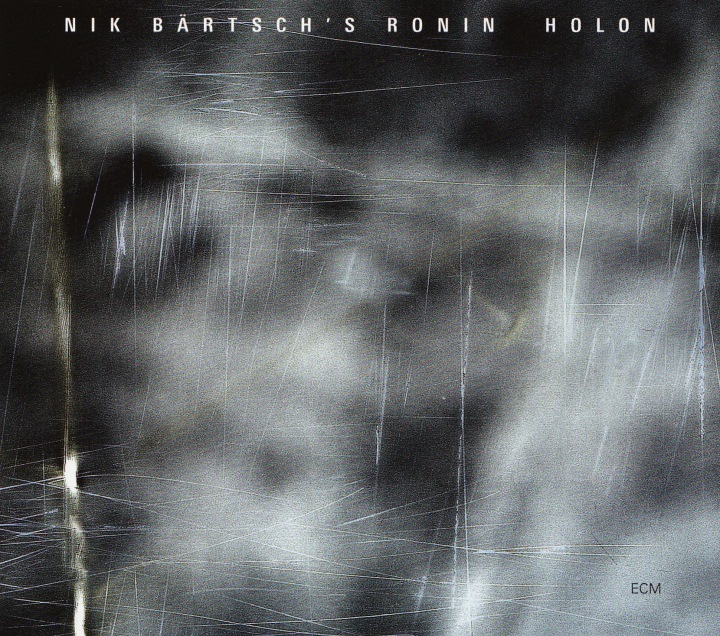
ECM 2049. Photograph by Thomas Wunsch
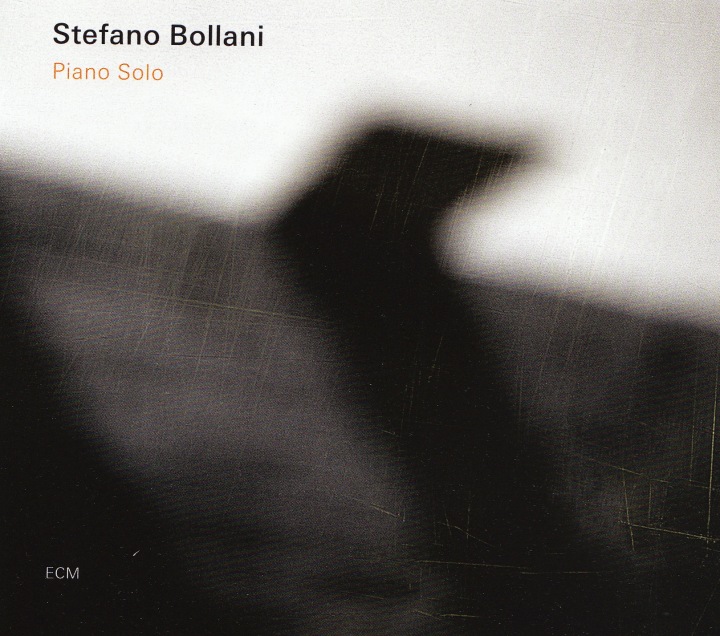
ECM 1964. Photograph by Thomas Wunsch
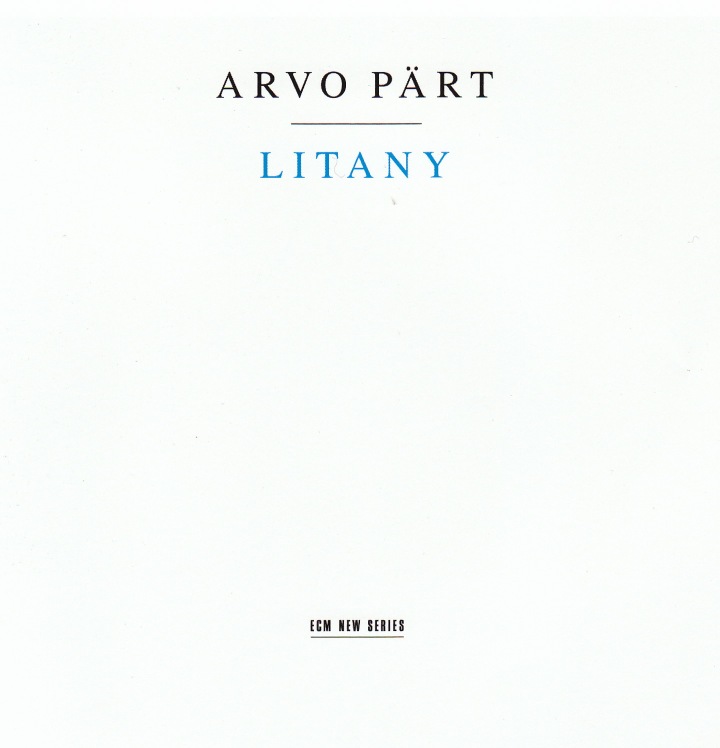
ECM New Series 1592. Art Direction by Barbara Wojirsch
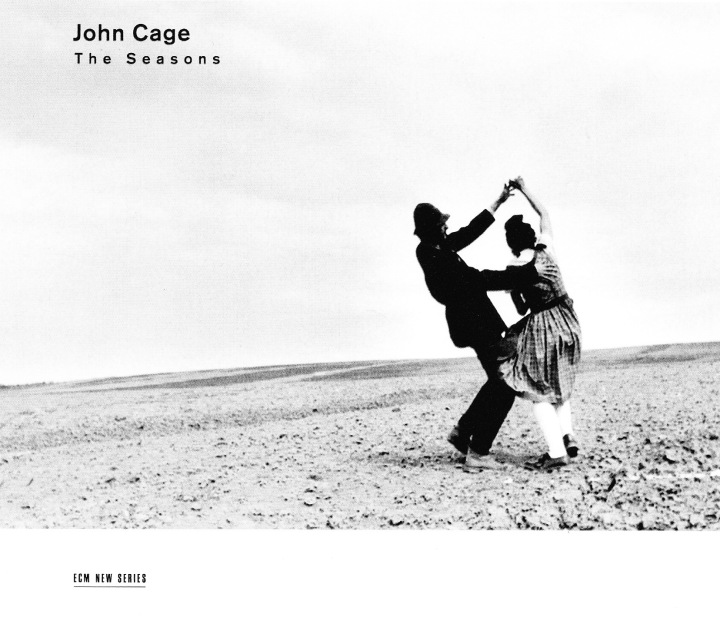
ECM New Series 1696. Photograph by Jo Pessendorfer
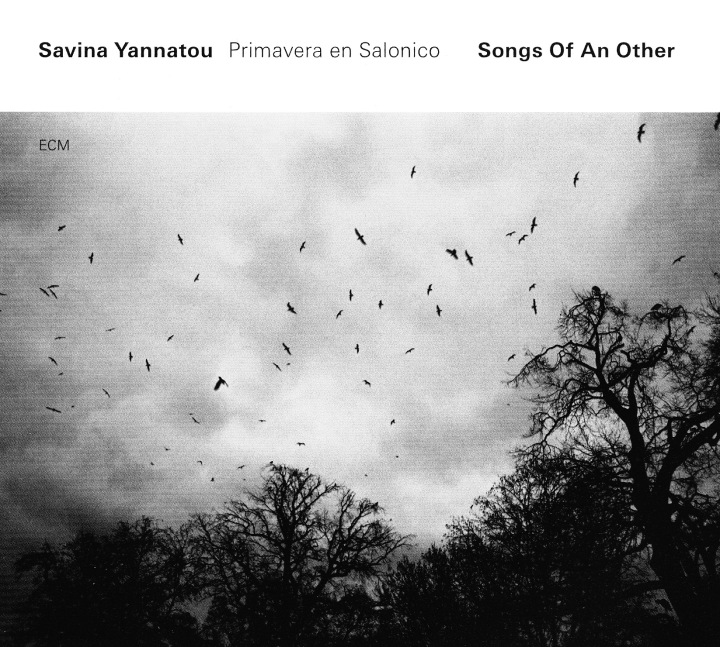
ECM 2057. Photograph by Thanos Hondros
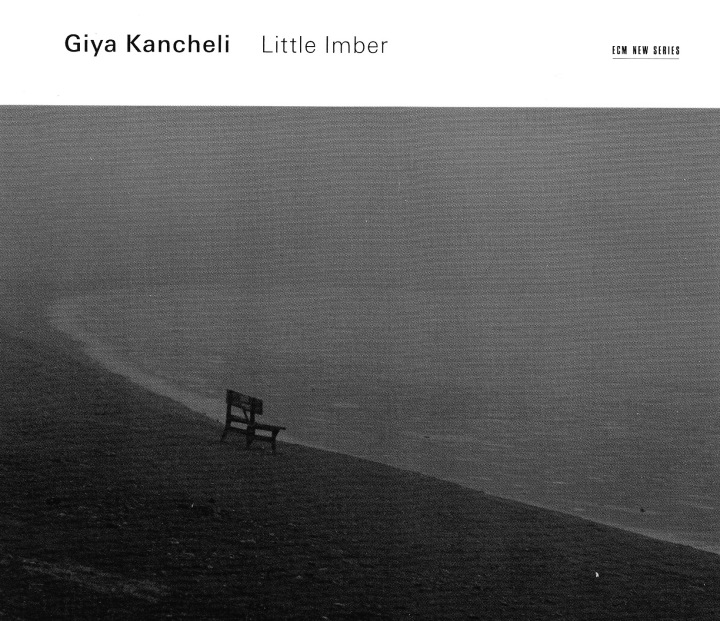
ECM New Series 1812. Photograph by David Kvachadze
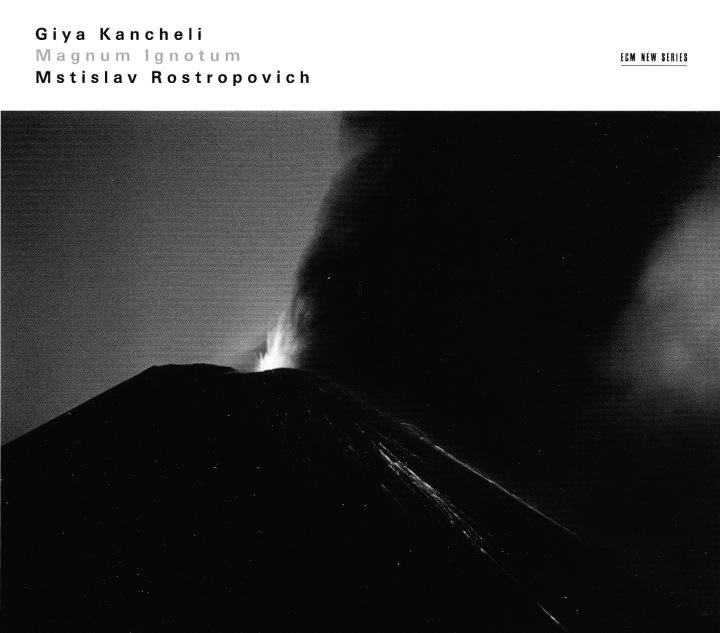
ECM New Series 1669. Photograph by Flor Garduno
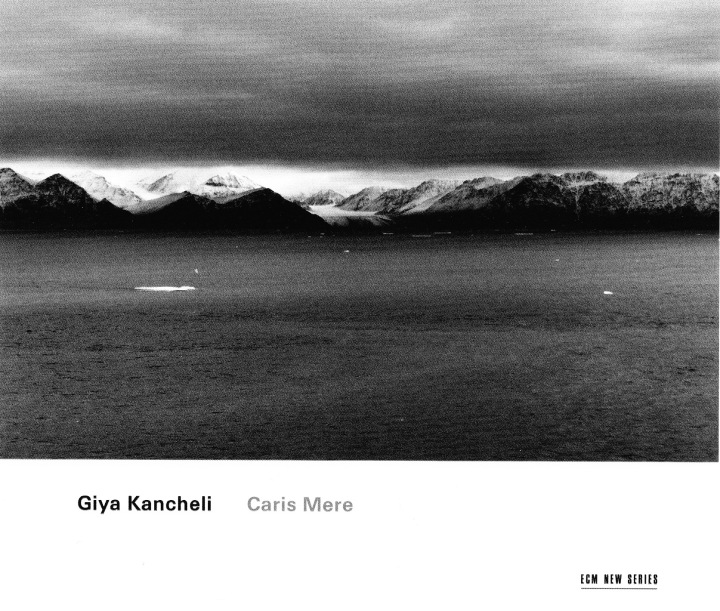
ECM New Series 1568. Photograph by Christopher Egger
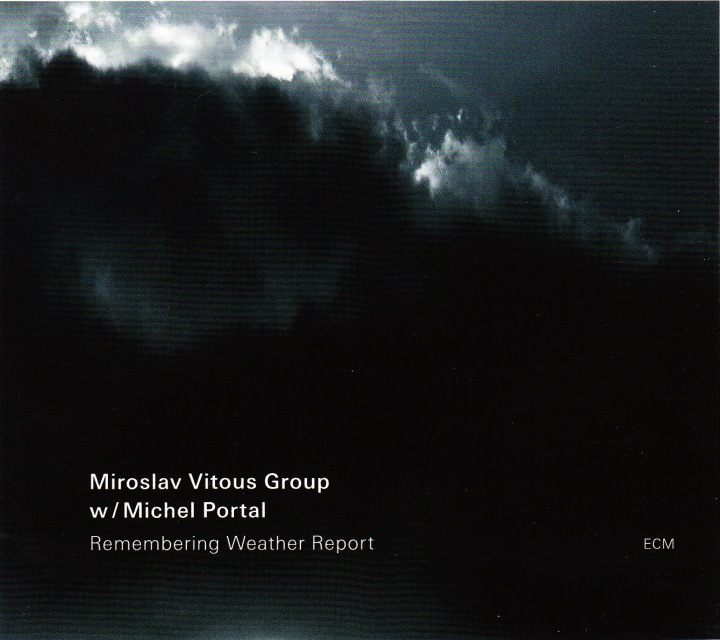
ECM 2073. Photograph by Sascha Kleis
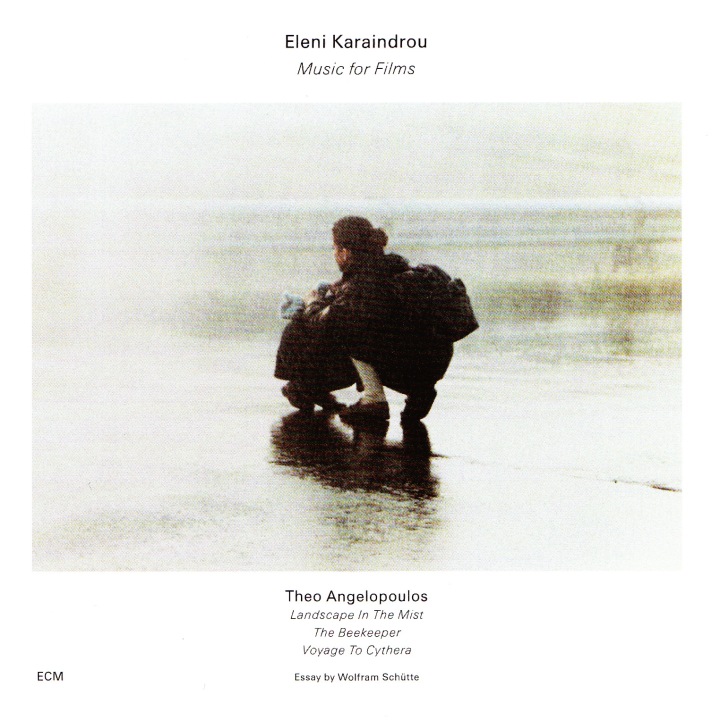
ECM 1429. From: “Landscape in the Mist” by Theo Angelopoulos. Photograph by Giorgos Arvanitis
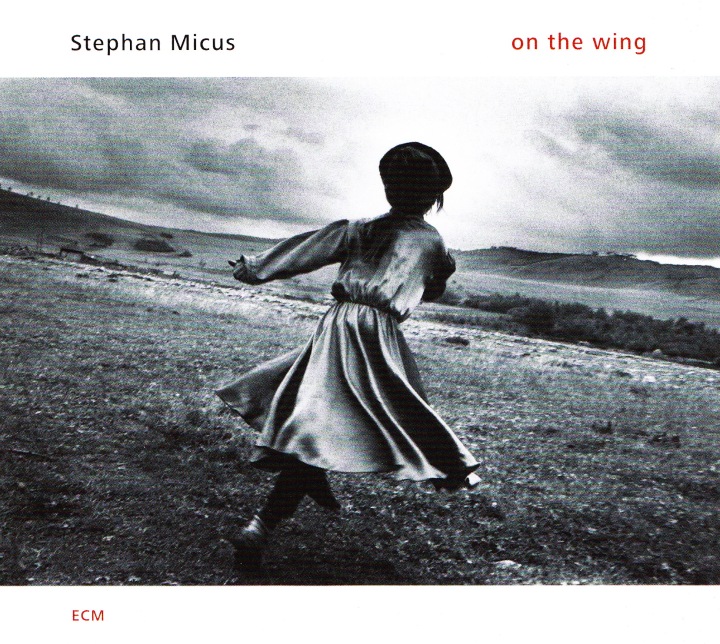
ECM 1987. Photograph by Claudine Doury
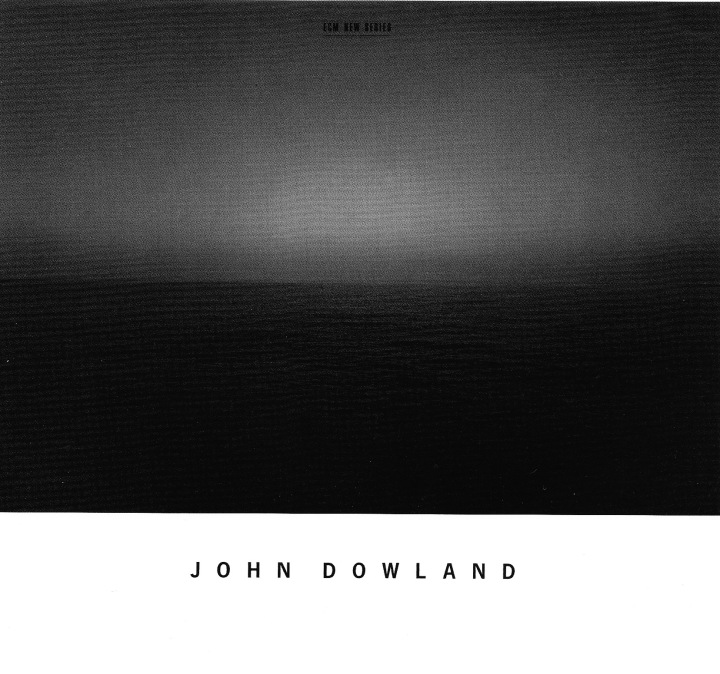
ECM New Series 1697. Photograph by Jim Bengston
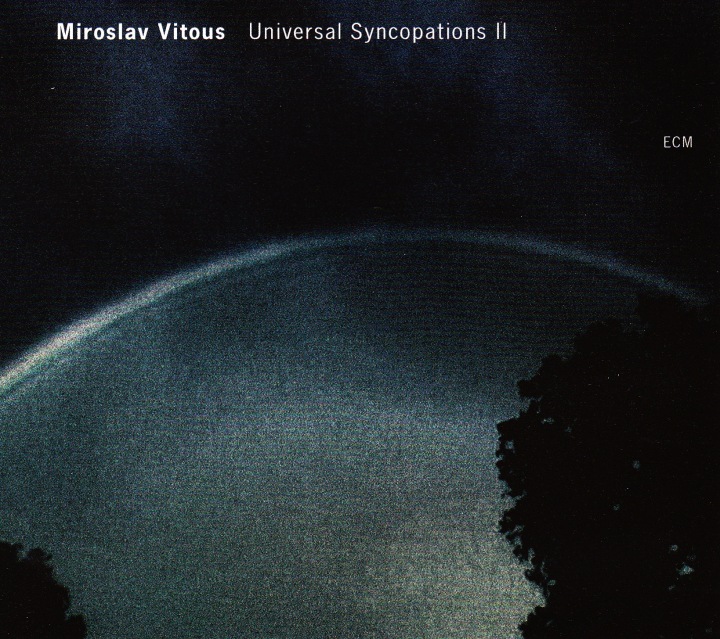
ECM 2013. Photograph by Sascha Kleis
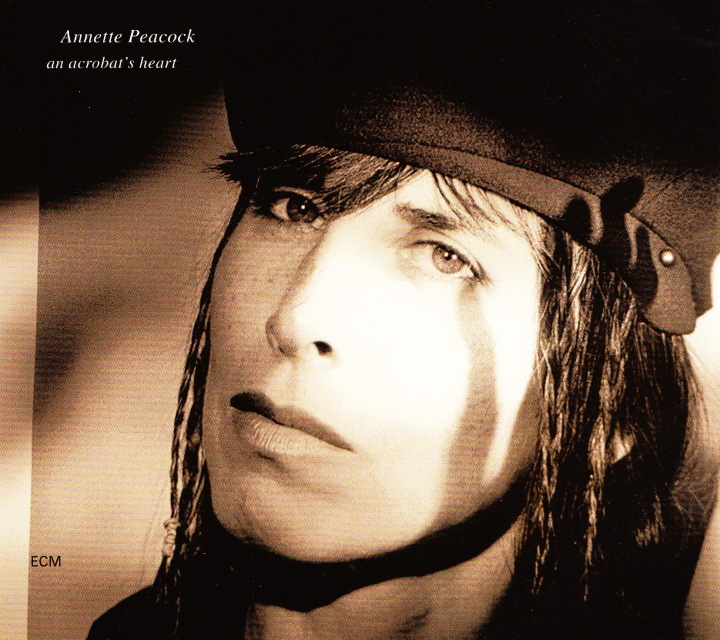
ECM 1733. Photograph by Alastair Thain

ECM 2080. Photograph by Eberhard Ross
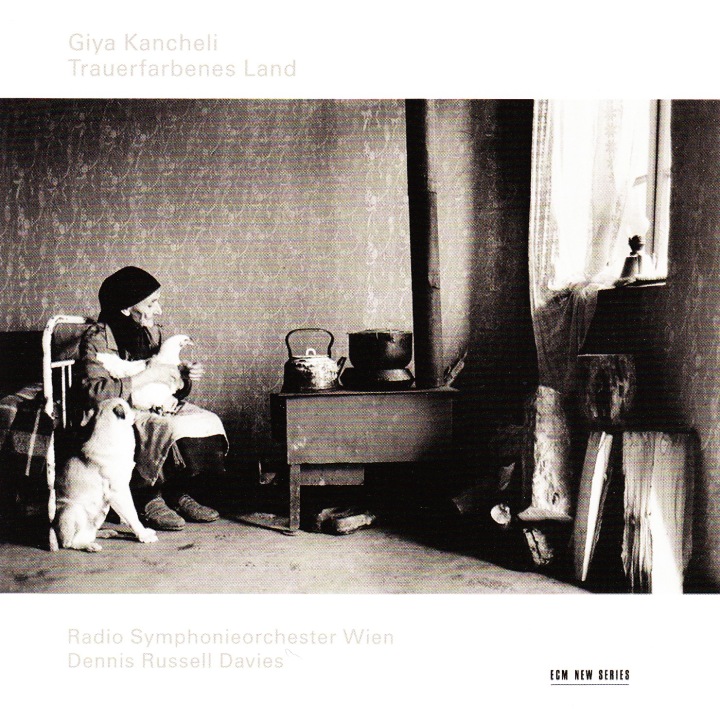
ECM New Series 1646. Photograph by Giya Chkatavashvili
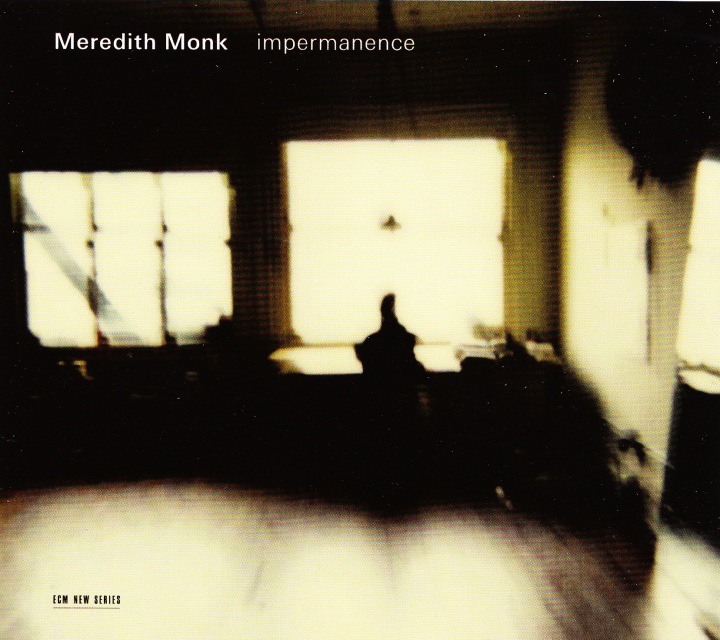
ECM New Series 2026. Photograph by John Sanchez

ECM 1664. From: “Passion” by Jean-Luc Godard
If the sea had no waves to uproot it
and give it back to the sea, if the sea had
too many waves (but not enough) to
overrun the horizon, enough (but just barely)
to disturb the earth, if the sea had no
ears to hear the sea, no eyes to be forever
the look of the sea, and if the sea had neither
salt nor foam, it would be a grey sea
of death in the sun cut off from its roots.
It would be a dying sea amid branches
cut off from the sun. It would be a mined
sea whose explosions would threaten the
world in its elephant memory. But the fruit.
What would become of the fruit? But man.
What would become of man?
-Edmond Jabès, from: The Book of Questions
___
Windfall Light : The Visual Language of ECM
Lars Müller : Thomas Steinfeld : Katharina Epprecht : Geoff Andrew : Ketil Bjørnstad
Edition of Contemporary Music : Lars Müller Publishers
2010
___
B
Fluxus | Fluxus, 1995

Joseph Beuys, Manifesto, 1970. Alteration of George Maciunas’ Fluxus Manifesto, February 1963.
From 1. Karton, Edition Hundermark, Berlin 1970. 30 x 21 cm

Fluxus Collective Editions, 1963 – 1965

Fluxus Street Events, March – May 1964. Photograph by George Maciunas

Dick Higgins, Danger Music No.2, 1962. Performance at Fluxus Internationale Festspiele Neuester Musik, Wiesbaden 1962. Photograph by Hartmut Rekort

George Maciunas, Dick Higgins, Wolf Vostell, Benjamin Patterson & Emmett Williams performing Philip Corner’s Piano Activities at Fluxus Internationale Festspiele Neuester Musik, Weisbaden 1962. Photograph by Hartmut Rekort

Takeshia Kosugi, Anima I & Ben Vautier, Attaché de Ben & George Maciunas, Solo for Violin.
Simultaneous performance, May 23rd 1964, by Ben Vautier and Alison Knowles (not pictured) during “Fluxus Street Theatre” as part of “Fluxus Festival at Fauxhall” New York City. Photography by George Maciunas. 51 x 40.5 cm

La Monte Young, The Tortoise Droning Selected Tigers From the Holy Numbers for the Two Black Tigers, The Green Tiger and the Hermit, from: The Tortoise, His Dreams and Journeys.
Performed 1964 at the Pocket Thetare, New York. From left; Tony Conrad, Marian Zazeela, La Monte Young and John Cale. Photo by George Maciunas
Fluxus is not: a movement, a moment in history, an organization. Fluxus is: an idea, a kind of work, a tendency, a way of life, a changing set of people who do Fluxworks -Dick Higgins.
Taken from the Latin word meaning “to flow”, the origins of Fluxus began in the early 1960s with Lithuanian born George Maciunas (1931 – 1978) who’s ideology quickly attracted a large network of artists, composers and designers who continue to express his extraordinary vision in the manifestation of anti-art, encompassing everything from music, photography, sculpture, installation, publications and pavement art to poetry and drama.
Beginning with a series of festivals featuring concerts of new experimental music and other avant-garde performance, Fluxus artists reacted against the commodity status of art, its commercialization in the gallery system, and its static presentation in traditional institutions. They often rejected the concept of artistic genius and single authorship in favor of a collective spirit and a collaborative practice.
Fluxus compositions or scores for performances and events involve simple actions, ideas, and objects from everyday life. Some scores, such as those in George Brecht’s Water Yam (1972), were printed on cards and then packaged into plastic boxes and sold as inexpensive multiples. These scores call for open-ended actions and events that can be performed by anyone at any time in any place. Also on view is Yoko Ono’s Invitation to Participate in a Water Event, in which she invited people to bring containers to her 1971 exhibition. These vessels were filled with water, displayed in the show, and labeled as collaborative works of art.
Sometimes a documentation or artifact from a Fluxus event became a work of art, a material presence that referred to an absent action or previous performance. Alison Knowles’ Journal of the Identical Lunch (1971), documents her ritual noontime performances at a New York diner with various artists and friends. In Dick Higgins’ ongoing series, The Thousand Symphonies, he composes musical scores with bullet holes and paint on sheet music. The result is both a documentation of the artist’s action and a work of visual art.
Incorporating musical compositions, concrete poetry, visual art, and writing, Fluxus performances embody Higgins’ idea of “intermedia”- a dialogue between two or more media to create a third, entirely new art form. Fluxus performance also incorporates actions and objects, artists and non-artists, art and everyday life in an attempt to find something “significant in the insignificant.” The influence of this highly experimental, spontaneous, often humorous form of performance art prevailed through the 1970s and has been rediscovered by a younger generation of artists working today.
___
Fluxus
Thomas Kellein : George Maciunas : Jon Hendricks
Thames & Hudson
1995
___
B
Estate 1-127 | Peter Saville, 2007

#20
Joy Division Closer
Album cover proof, 360 x 645 mm
Martyn Atkins & Peter Saville, 1980
Encouraged by seeing Philip Johnson’s 1978 designs for the AT&T building in New York – a skyscraper with a broken pediment – Saville’s design for Closer marked a shift away from an industrial aesthetic towards to one more neo-Classical in character. Making use of what is believed to be one of the earliest forms of serif lettering (2nd century BC) and a photograph by Bernard Pierre Wolff of the Appiani family tomb in the Cimitero Mosumentale di Staglieno, Genoa, Italy, Saville echoed Jan Tschichold’s own late shift away from the utilitarian strictures of his signature work towards a form of neo-Classicism tempered by the austerity of Modernism.

#21
Joy Division Closer
Label proofs, 438 x 230 mm
Martyn Atkins and Peter Saville, 1980
Referencing the design used by the by the classical music company Deutsche Grammophon.

#24
Factory Communications Limited logotype
251 x 160mm
Peter Saville & Brett Wickens, 1981.
Mechanical artwork for the Factory Communications Limited logotype. The letter F can be seen in the head of the calipers, the C in the gear wheel, and the L where the calipers meet the anvil. Like much of Saville’s work at this time, these graphics embodied a mixture of romantic associations. Living in Manchester in the late 1970s and 1980s, the atmospheres evoked by European Modernist aesthetics – whether specific connotations of Futurism, Constructivism or De Stijl or simply for a post-war Europe of faded grandeur and chilly technocratic progress; city names on radio dials (Paris, Berlin, Moscow); cafes filled with radical intellectuals; doomed lovers on the overnight Trans-Europe Express to Vienna; David Bowie recording Heroes in the shadow of the Iron Curtain – seemed both a world apart from the grim, post-industrialist realities of North-West England, and also strangely familiar. For those associated with Factory, the appropriation of European avant-garde imagery was, in Saville’s words, about “changing the here and now instead of going somewhere else”.

#25
Ribbon Swatch
295 x 210 mm
1981
Used to specify the ribbon colour for the cover of the posthumous Joy Division album Still, released by Factory Records in 1981.

#39
A Basket of Roses by Henri Fantin-Latour, 1890
Postcard, 105 x 150 mm
Postcard bought by Saville in the gift shop of the National Gallery, London, which inspired the use of Fantin-Latour’s still life for the cover of Power, Corruption and Lies by New Order. Rather than illustrate the album’s Machiavellian-sounding title literally, Saville approached the design with ideas of coding and camouflage in mind. He devised a system in which all the information usually found on a album (such as artist names, titles and credits) could be embedded with code that index-linked numbers and letters to specific colours. Saville combined these encryptions with the shapes found on a floppy disk – an object symbolising not only the latest in computer technology at the time but also another method of information coding. Fantin-Latour’s sumptuous painting, with its association of bourgeois kitsch and establishment taste, worked as a pointed historical counterpoint to the technological ciphers; one that not only suggested institutional deceit and chicanery in a general sense – but in the context of 1980’s Britain, could also be read as a comment on the twinning of rapacious free-market economics with the ultra-traditionalist rhetoric of the then British Prime Minister, Margaret Thatcher.
When Saville first sought permission from the National Gallery to have A Basket Of Roses photographed for the cover, he was told that this would be impossible, as it was currently on loan from the museum. On hearing this, Tony Wilson telephoned the National Gallery, using his journalistic credentials to reach the director of the museum himself. Wilson reportedly asked the leading question “Who actually owns the paintings in the national collection?” to which the director answered “The people of Britain”.”Well, its the people who want it”, replied Wilson.
Peter Saville Estate traces the development of designer, artist and cultural observer Peter Saville, from his groundbreaking work for Factory Records in the late 1970s, through to his most recent explorations of the role played by art and design in the highly commodified, visually hyper-literate 21st century. Peter Saville Estate is not a conventional account of Saville’s professional practice, rather it collects together work, reference material and ephemera from his archive to form an illuminating and highly personal typography of the life and working methods of one of the most influential designers of the last 30 years.
___
Peter Saville Estate 1-127
Essays by Michael Bracewell and Heike Munder, captions by Dan Fox, Slater Bradley, Liam Gillick, Steven Gontarski, Thomas Grünfeld, Robert Longo, Sarah Morris, Nick Relph & Oliver Payne, Sean Synder, Wolfgang Tillmans, Kelly Walker and T.J Wilcox.
JRP | Ringier
In association with migros museum für gegenwartskunst, Zurich.
2007
___
B
Radio Silence | A Selected Visual History of American Hardcore Music

Cassette Demos, 1985 – 89.

Antioch Arrow at 915 E. Street. San Diego, California, May 1993.

Hand Painted Leather Jacket, 1986.

Universal Order of Armageddon Demo, Vermin Scum Records, 1992.

Hand Drawn ‘Straight Edge’ T-Shirt, 1982.

Dance Floor at the Wilson Center, Summer 1982.

“Fuck You HBPD” Sticker, 1986.

Minor Threat, Salad Days 7″ (Back Cover Detail), Dischord Records, 1985.

Skate Rock Vol. 03, ‘Wild Riders of Boards’ 12″, High Speed Productions, 1985.
In the late 1960s, two bands hailing from Michigan laid the groundwork for punk. The Motor City Five and The Stooges aren’t the center ring on punk’s tree, but they stand as the most recognizable starting point. Both bands’ revved-up version of the blues garnered attention, major label deals, and devout fans, but the landscape wasn’t yet ripe for a revolution. Ultimately, a shitload of heroin and the typical cast of clueless suits caused both bands to end prematurely.
And while wearing swastikas for shock value, disrespecting the Royal Family, and displaying a disdain for anything considered “normal” was punk’s calling card, its roots remained firmly in the streets of New York, the art scene of Los Angeles, and London fashion; places totally foreign to kids in suburban America. As romantic as it was to be a starving artist living like shit in New York City most kids just fucking hated their parents and liked to light fires in the woods.
As punk migrated to the suburbs the sound and attitude changed. Something snapped in American culture; kids who loved the speed and fuck you attitude of punk took hold of its spirit, got rid of the “live fast, die young” bullshit and made a revision: hardcore. It wasn’t a direct fuck you to punk’s aesthetic and sound, hardcore was moving too fast to give a shit. With an actor elected as President and a defense initiative named after Star Wars, the decade was as dire as it was absurd. Cocaine was huge, AIDS surfaced as global epidemic, and the suburbs were really fucking boring. Hardcore’s direct and naïve stood out as the most honest commentary put to music at the time.
– Anthony Pappalardo, Instinct and Attitude: The Art of Necessity
___
Radio Silence| A Selected Visual History of American Hardcore Music
Nathan Nedorostek : Anthony Pappalardo
MTV Press
2008
___
A
Chris Watson, 2009.

Chris Watson, 2009.
Chris Watson’s work as a wildlife and environmental sound recordist is unparalleled. He has worked with the BBC recording and editing sound for many of David Attenborough’s great wildlife series such as The Life of Birds (1998), The Life of Mammals (2001), Life in the Undergrowth (2005) and Talking with Animals (2001) and has won numerous awards for these and other TV and radio documentaries.
As well as his work as a documentary sound recordist, Chris Watson is an artist in his own right and has produced three solo albums and many collaborative sound works. He constructs collages of sounds, which evolve from a series of recordings made at the specific locations over varying periods of time. Watson’s exploration of sound environments has taken him all over the world and has led to many bizarre and unconventional recording situations. He has recorded glacial shifts in Iceland, massive storms in the Baltic Sea, the voices and rhythms of the Humboldt current around the Galapagos Islands. Chris Watson’s performances take listeners to places hidden and inaccessible. It is cinema for the ears.
Chris Watson’s visit was made possible by alt.music and kindly supported by Adam Art Gallery, New Zealand School of Music and Frederick Street Sound and Light Exploration Society.
___
A
I Am Sitting In A Room, Alvin Lucier, 1970

“I Am Sitting In A Room”
For voice and electromagnetic tape (1970).
One of Lucier’s most important and best-known works is “I Am Sitting In A Room” (1970), in which Lucier records himself narrating a text, and then plays the recording back into the room, re-recording it. The new recording is then played back and re-recorded, and this process is repeated. Since all rooms have a characteristic resonance (e.g., between a large hall and a small room), the effect is that certain frequencies are gradually emphasised as they resonate in the room, until eventually the words become unintelligible, replaced by the pure resonant harmonies and tones of the room itself. The recited text describes this process in action.
Necessary equipment:
One microphone, two tape recorders, amplifier and one loud speaker.
Choose a room the musical qualities of which you would like to evoke.
Attach the microphone to the input of tape recorder #1.
To the output of tape recorder #2 attach the amplifier and loud speaker.
Use the text or any other text of any length:
“I am sitting in room, different from the one you are in now. I am recording the sound of my speaking voice, and I am going to play it back into the room, again and again until the resonant frequencies of the room reinforce themselves so that any resemblance of my speech, perhaps with the exception of rhythm, is destroyed. What you will hear, then, are the natural resonant frequencies of the room articulated by speech. I regard this activity not so much as a demonstration of a physical fact, but more as a way to smooth out any irregularities my speech might have.”
Record your voice on tape through the microphone attached to tape recorder #1. Rewind the tape to the beginning, transfer it to tape recorder #2, play it back into the room through the loudspeaker and record a second generation of the original recorded statement through the microphone attached to tape recorder #1. Rewind the second generation to it’s beginning and splice it into the end of the original recorded statement on tape recorder #2. Play the second generation only back into the room through the loudspeaker and record a third generation of the original recorded statement through the microphone attached to tape recorder #1.
___
Reflections: Interviews, Scores, Writings 1965-1994
B
Rollercoaster / Silverblade, The Jesus & Mary Chain, 1990

Rollercoaster / Silverblade, The Jesus & Mary Chain, 1990.
Rollercoaster
Silverblade
.
Lowlife
Tower of Song
___
A
Heart And Soul, Joy Division




“Joy Division passes beyond simple entertainment to re-transcribe musically the worlds of half-light and the intensity of ecstasy. Sometimes disillusioned or nostalgic accents intrude, for the experience is multiform and it’s complexity cannot be translated into a sole concept. A music at the intersection of luminous and dark worlds, between silence and the cry, a bridge between the past and present mystical symbolism.”
Excerpt from Licht Und Blindheit by Jean-Pierre Turmel.
Booklet layout and design by Peter Saville and Jon Wozencroft.
___
B
Touch # TO.37, Outside The Circle Of Fire, Chris Watson

“There are the sounds of secret languages, particular events that have been recorded as close up as possible to try and reveal something of their individual beauty, rhythm, eloquence and sheer power. Several of the sounds would be inaudible or radically degraded more than a few metres from the animal. Yet others collectively use the acoustics of their habitat to modulate the message. They exist, however, whether we hear them or not. Close up details of signals that are beyond our reach outside the circle of fire.”
Photography and design by Jon Wozencroft.
Dry tropical rain forest, Costa Rica, 0615h 9th April 1995. Kenya 0210h 1st March 1996
___
B
Target Video

In 1977 artist Joe Rees founded Target Video. Target taped bands in the studio, in clubs, at parties and on the streets of the world when music television was nonexistent. Joe, Jill Hoffman, Jackie Sharp and others, with a vision and love for underground music and art, created a massive archive of underground music and art performance that toured the U.S. and Europe. Bands and artists performed at the 12,000 sf art studio known by all as “Target.” DIY, punk rock and performance art reigned. As part of the California underground scene, Target’s black building was a clubhouse: three floors of video, editing, recording studios, magazine publishers, graphic artists; cartoonists and punks. With its aqua and acid-green linoleum floor and punk rock jukebox Target’s studio was home to after-hours parties, performances, even a wedding reception. Target captured the scene in all its raw clumsiness and documented an explosive era in music and art. Target preserved a place in music history for bands like the Screamers, the Avengers and the Dils, and captured Talking Heads, Iggy Pop, Throbbing Gristle, Bauhaus, The Cramps and more in classic early performances.
B
3 comments